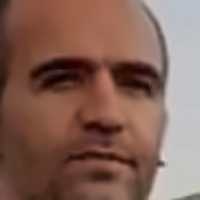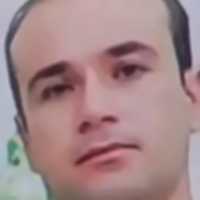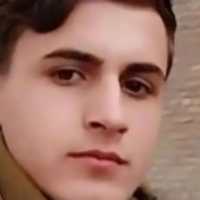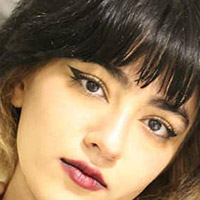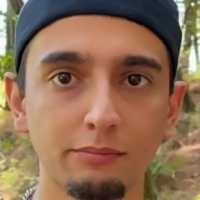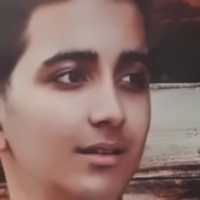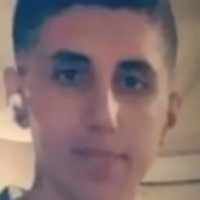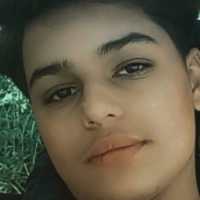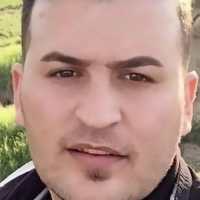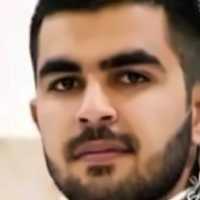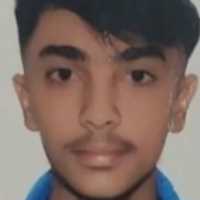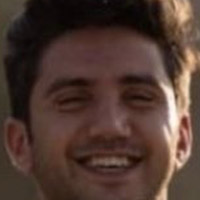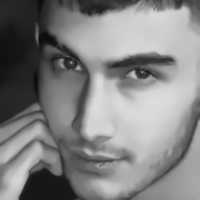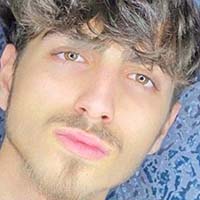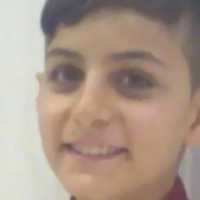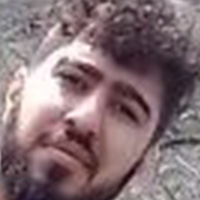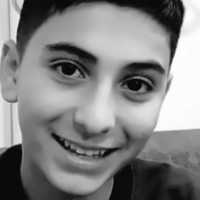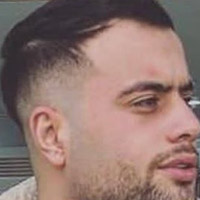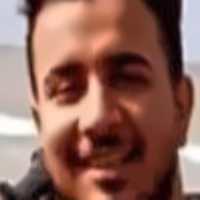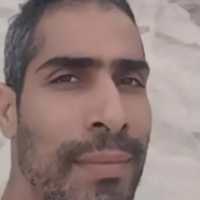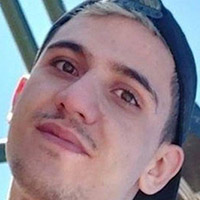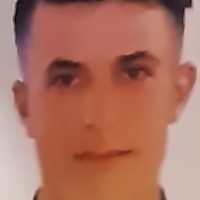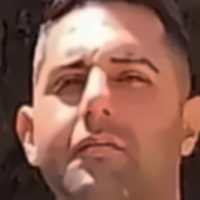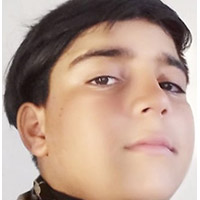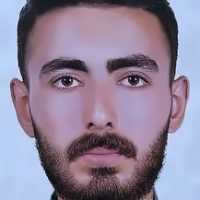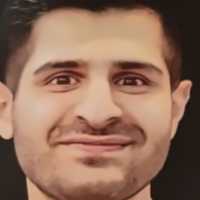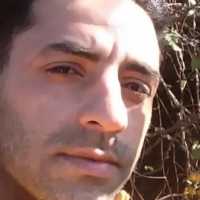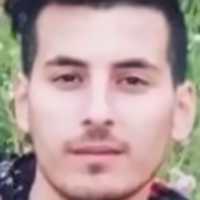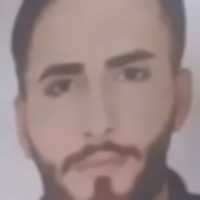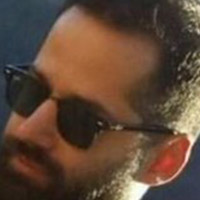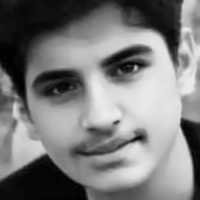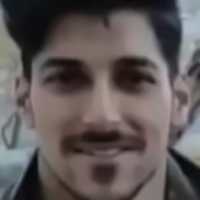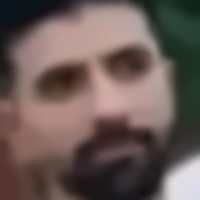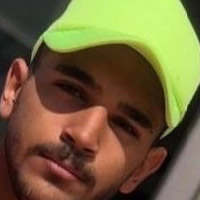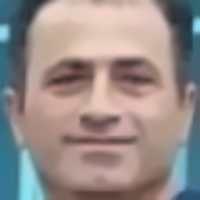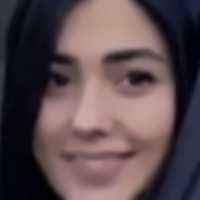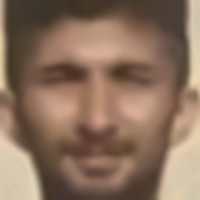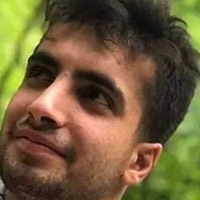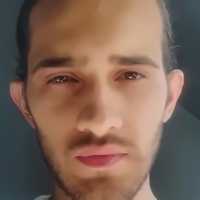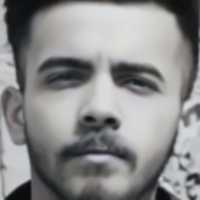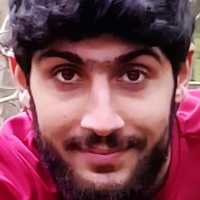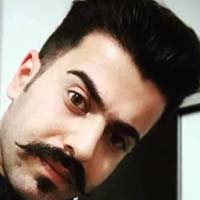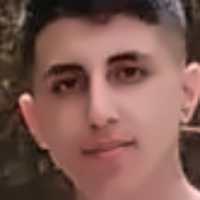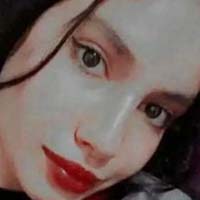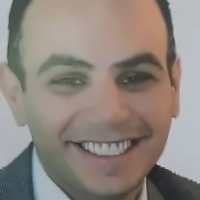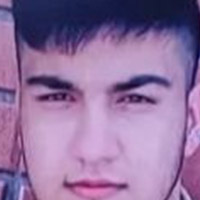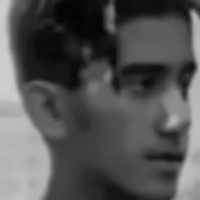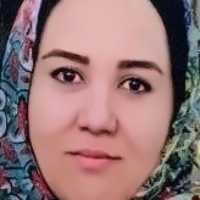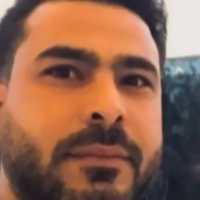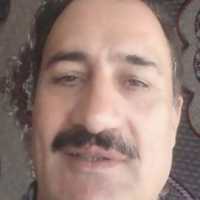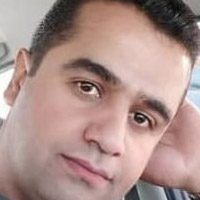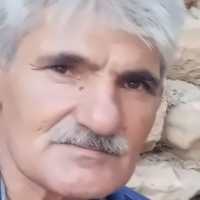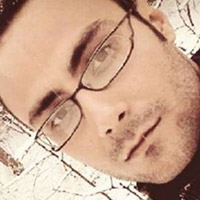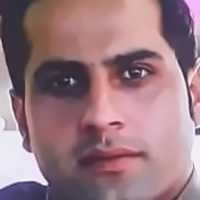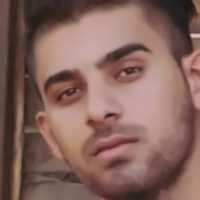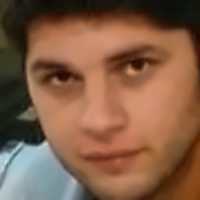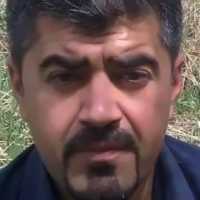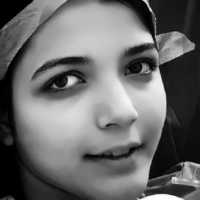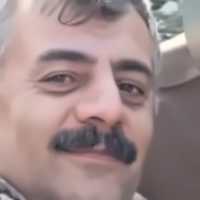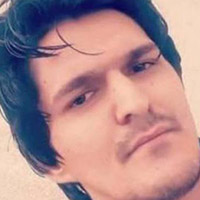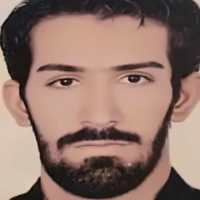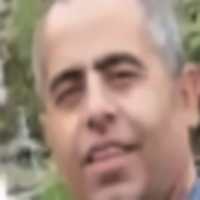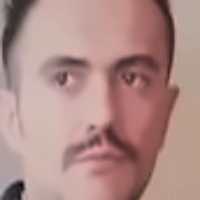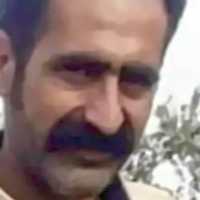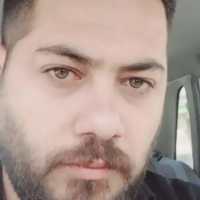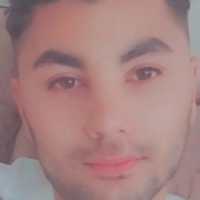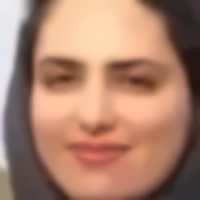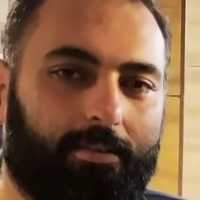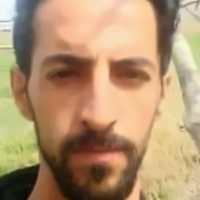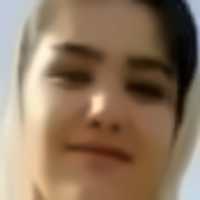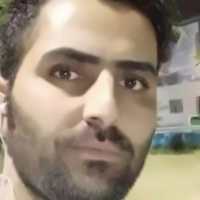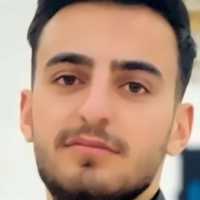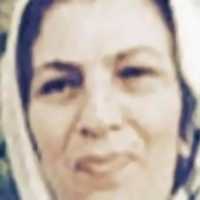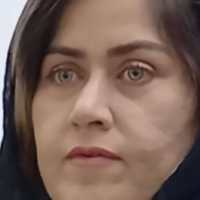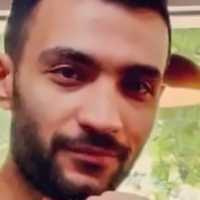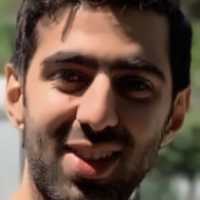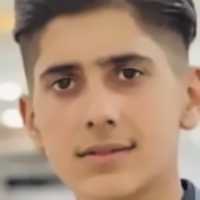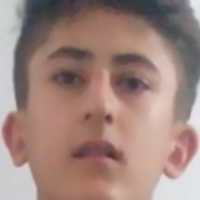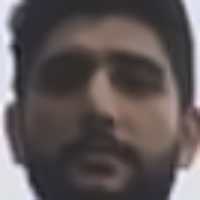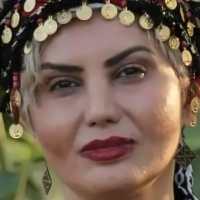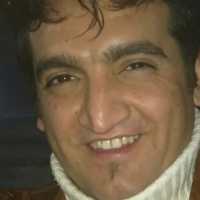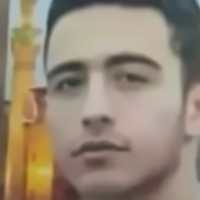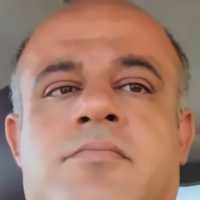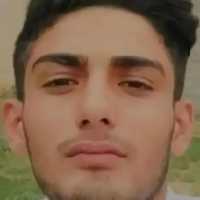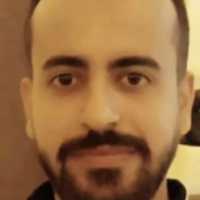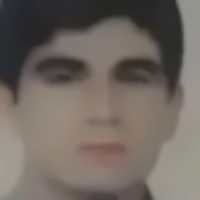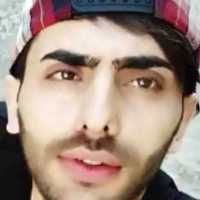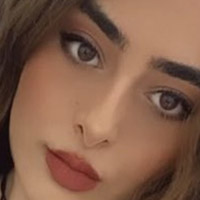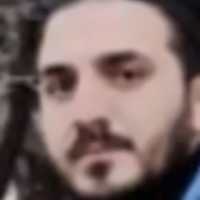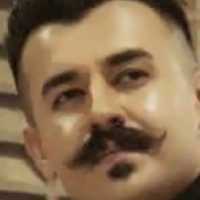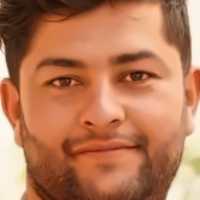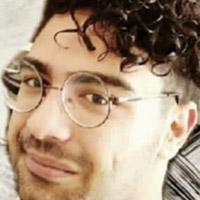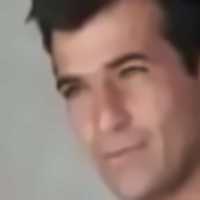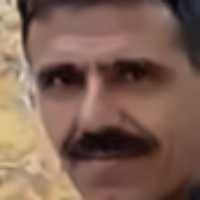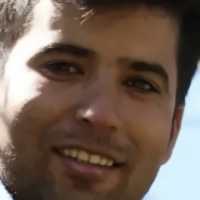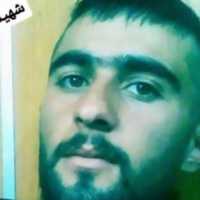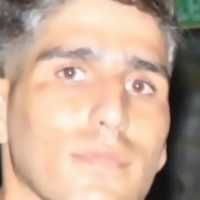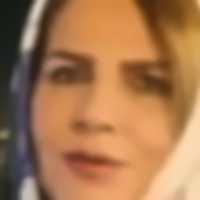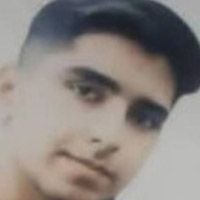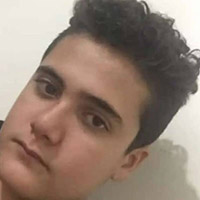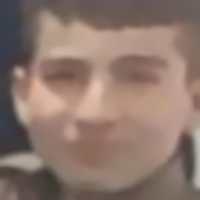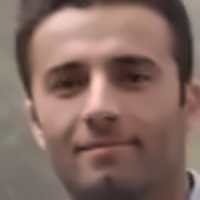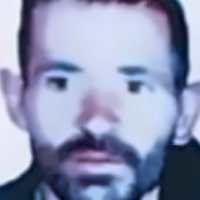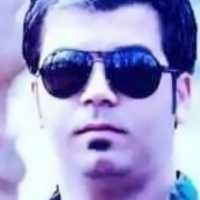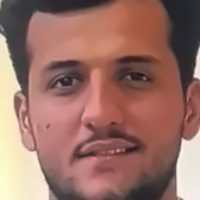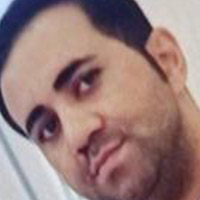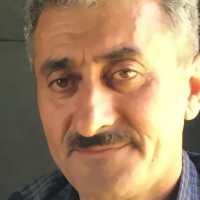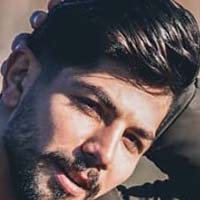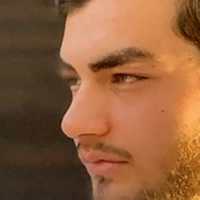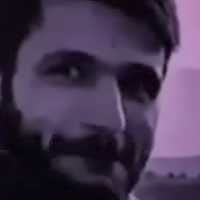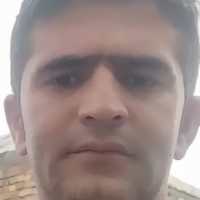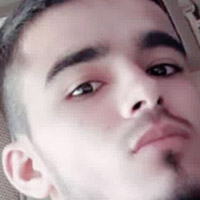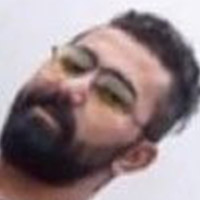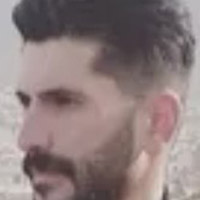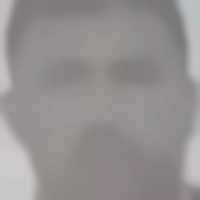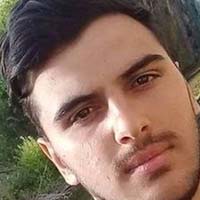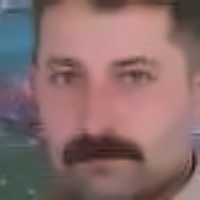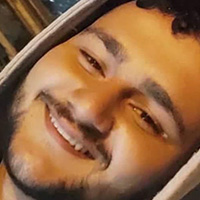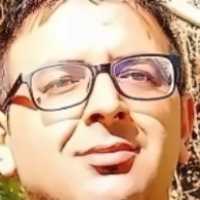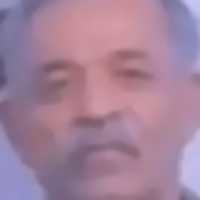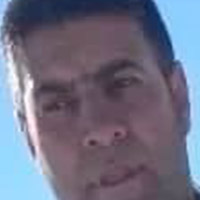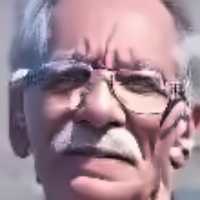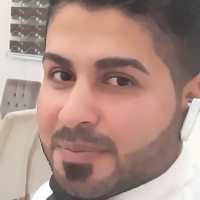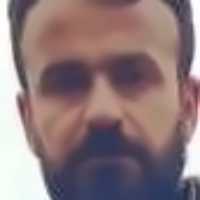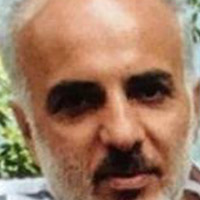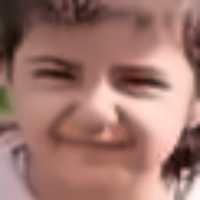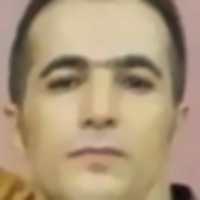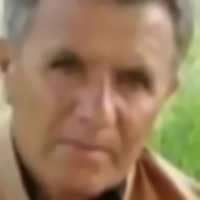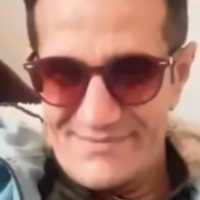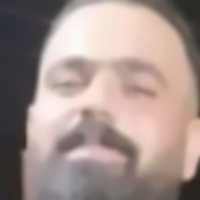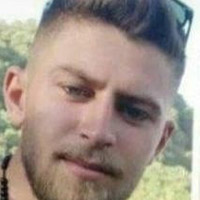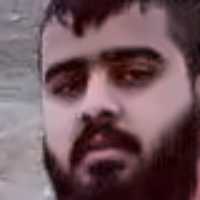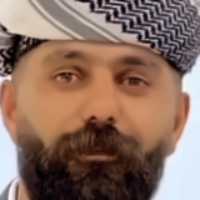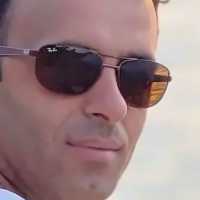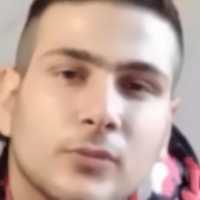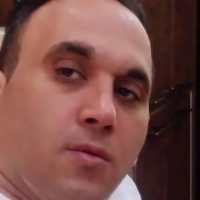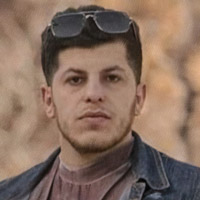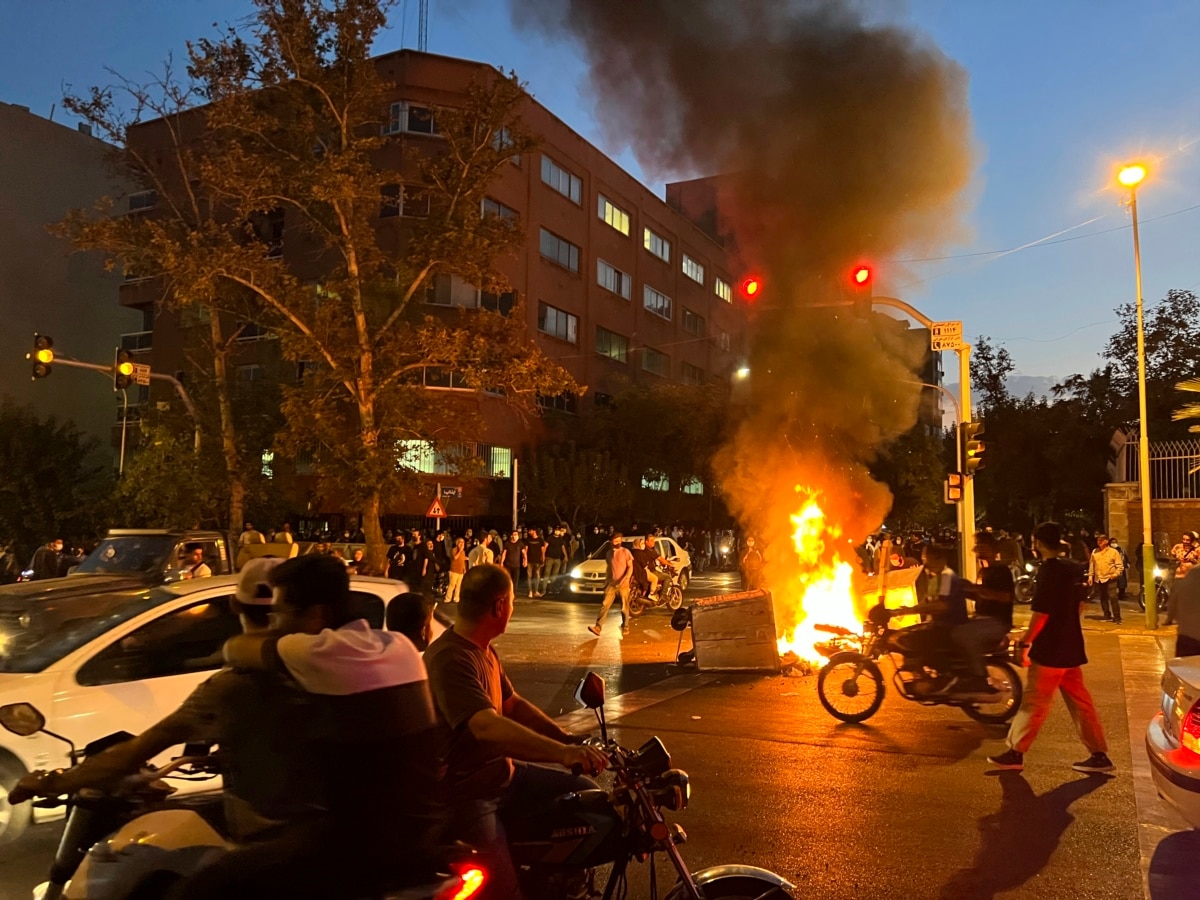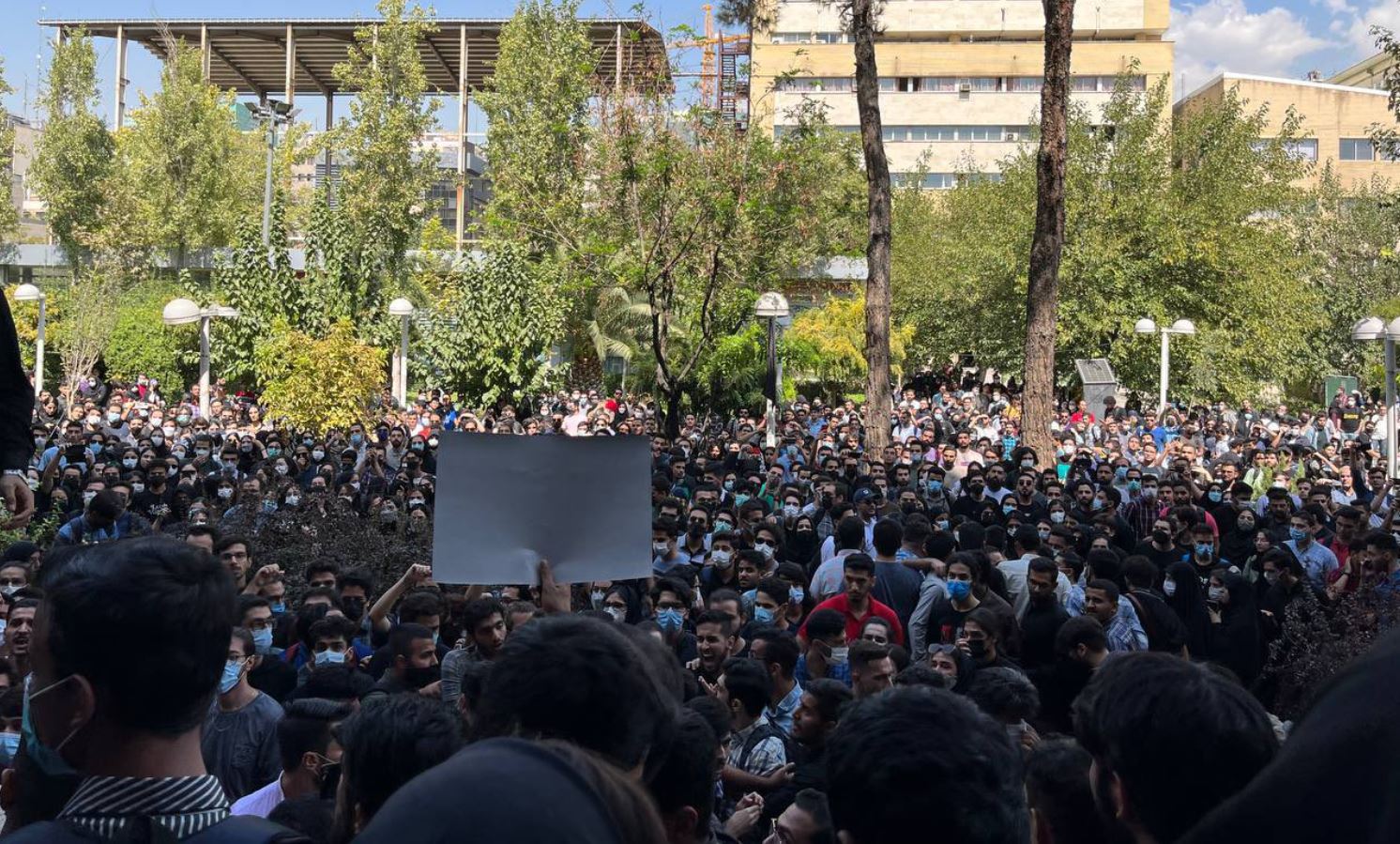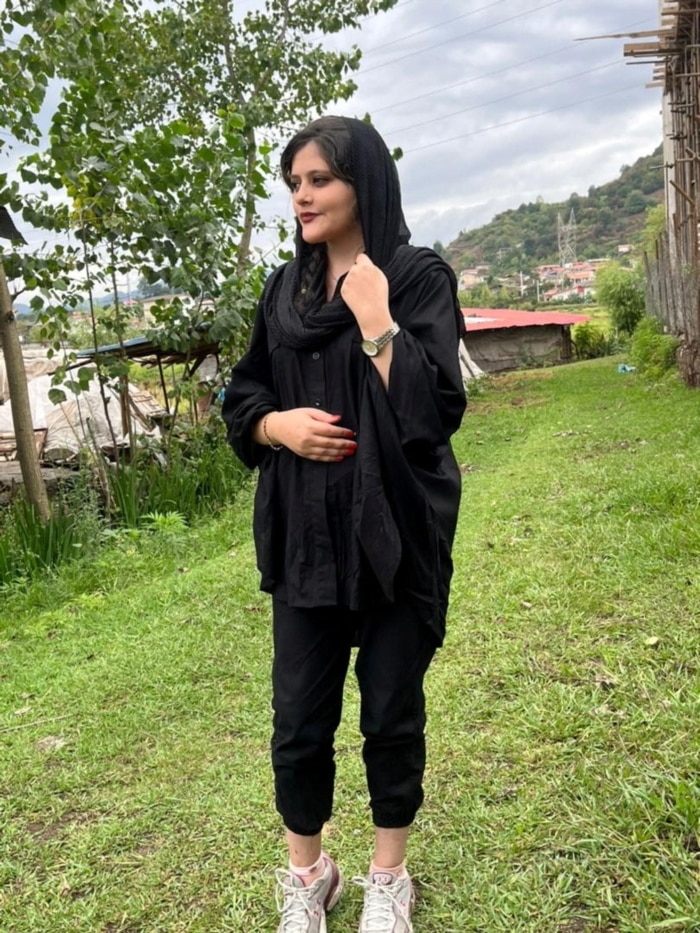
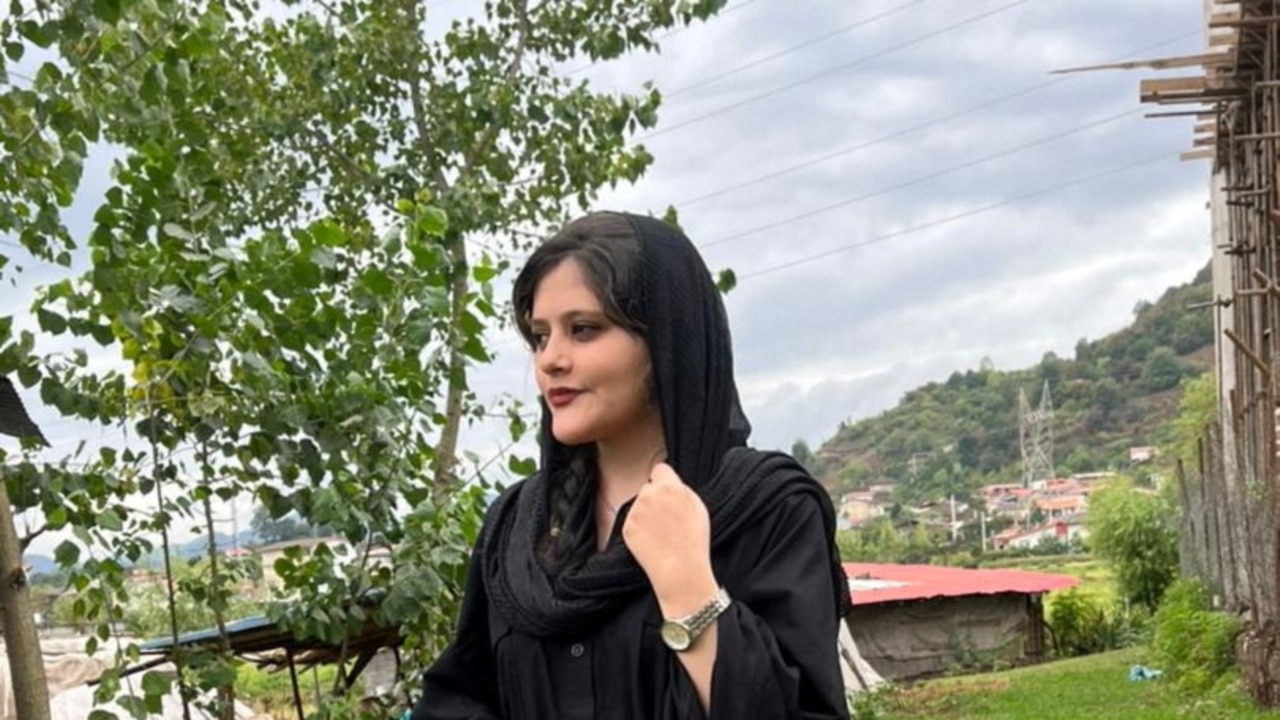

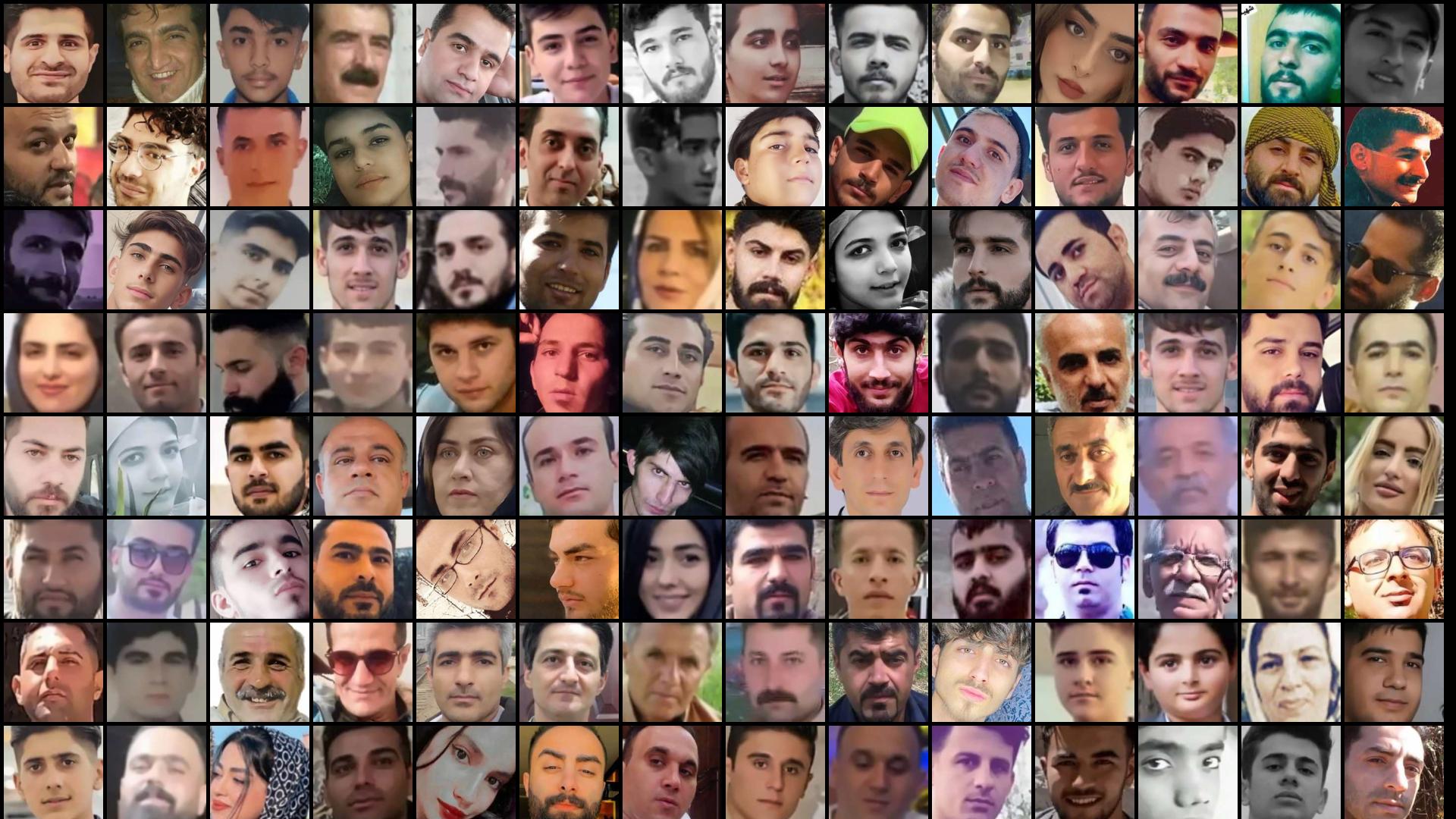
On September 16, 2022, Mahsa Amini died from injuries she allegedly sustained in the custody of Iran’s notorious morality police.
On September 16, 2022, Mahsa Amini died from injuries she allegedly sustained in the custody of Iran’s notorious morality police.
Her death on September 16, 2022, sparked antiestablishment protests that grew into the most widespread and sustained challenge to Iran's clerical regime in decades.
Her death on September 16, 2022, sparked antiestablishment protests that grew into the most widespread and sustained challenge to Iran's clerical regime in decades.
More than 500 protesters have reportedly been killed in the subsequent state crackdown. Another four people have been executed after trials criticized as grossly unfair by human rights groups.
More than 500 protesters have reportedly been killed in the subsequent state crackdown. Another four people have been executed after trials criticized as grossly unfair by human rights groups.
RFE/RL’s Radio Farda has independently verified the identities of more than 300 protesters who died at the hands of Iranian security forces.
Here, we profile six people who lost their lives and explain why the monthslong demonstrations are unprecedented.
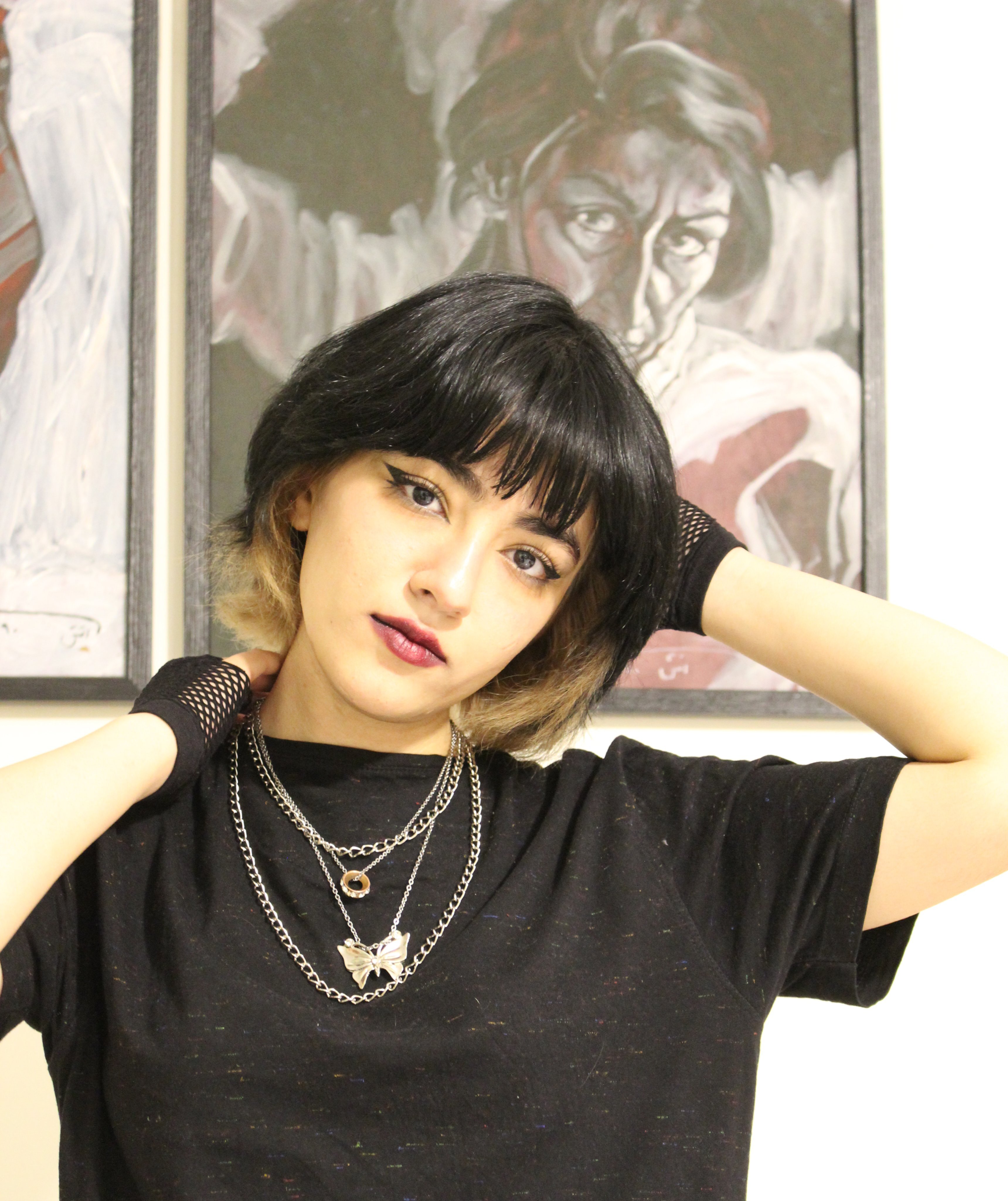
Three days after Amini’s funeral on September 17, 2022, Nika Shakarami left to join demonstrations in Tehran's central Keshavarz Boulevard. After posting a video showing her burning her own head scarf, the 16-year-old was never seen alive again.
Death to the dictator!
Death to the dictator!
Death to the dictator!
Nasrin Shakarami, her mother, last spoke to her around 11:30 p.m. "I could hear her friends mentioning the security forces and saying that they were escaping from them," she said in a video message sent exclusively to Radio Farda.
After nine days, police told her family that she was dead. They said her body was found in a courtyard of a nearby four-story building and claimed that she either jumped or was thrown from the roof. They insisted her death had nothing to do with the protests.
But her family believes she was killed by security forces deployed to crush the protests. Nasrin Shakarami said the authorities were "lying" and had pressured her family to echo the official account of her daughter's death.
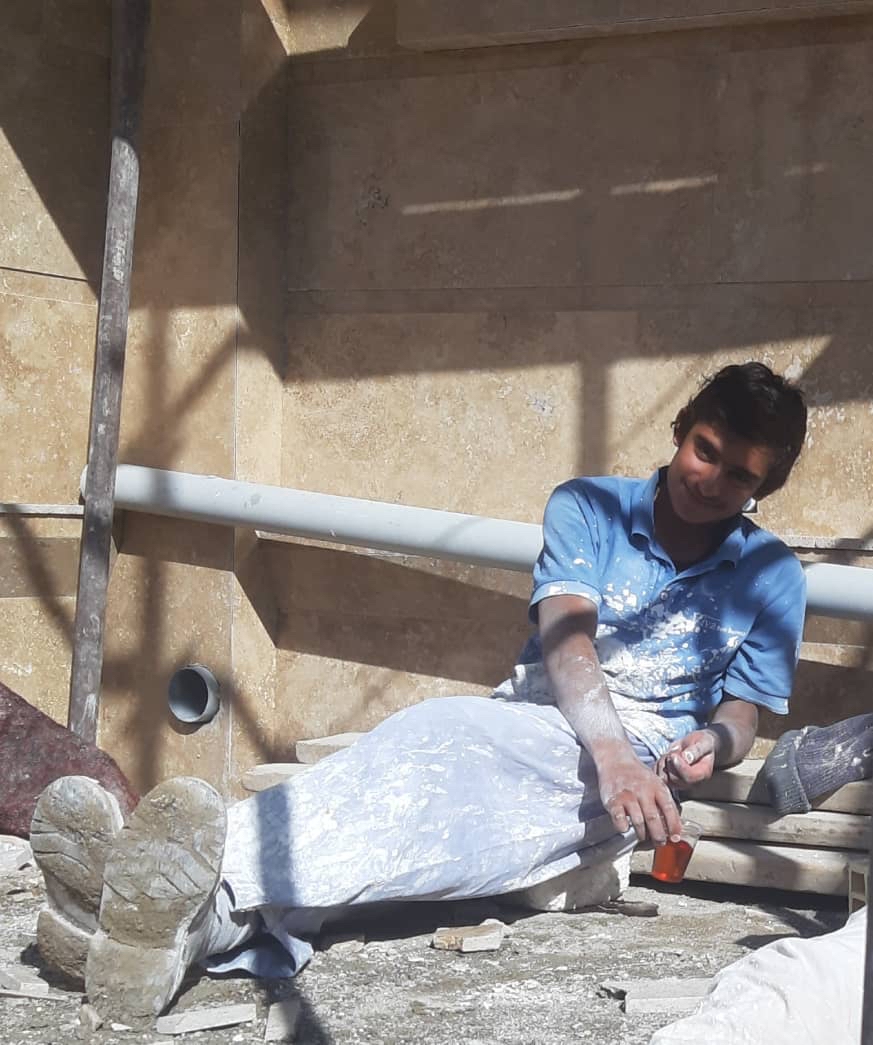
By the end of September, the protests reached Sistan-Baluchistan, an impoverished province in southeastern Iran and home to the Baluch minority.
Mohammad Nayeb-Zehi was among the hundreds who gathered on September 30, 2022, at the Great Mosalla, a religious site in the provincial capital of Zahedan, for Friday Prayers.
After the sermons ended, worshippers gathered outside a police station, chanting anti-regime slogans and throwing rocks. Police fired on the crowd. Public anger at the authorities had been raised further by reports that a teenage Baluch girl had been raped by a local police official.
Security forces then raided the Great Mosalla and the nearby central mosque, opening fire on worshippers. At least 94 people were killed that day, according to rights campaigners. At least 13 minors were among the dead, including Nayeb-Zehi.
"He was a simple laborer and not political," Nayeb-Zehi’s brother, Ahmad, told Radio Farda. "He was martyred inside the Mosalla while holding his prayer mat."
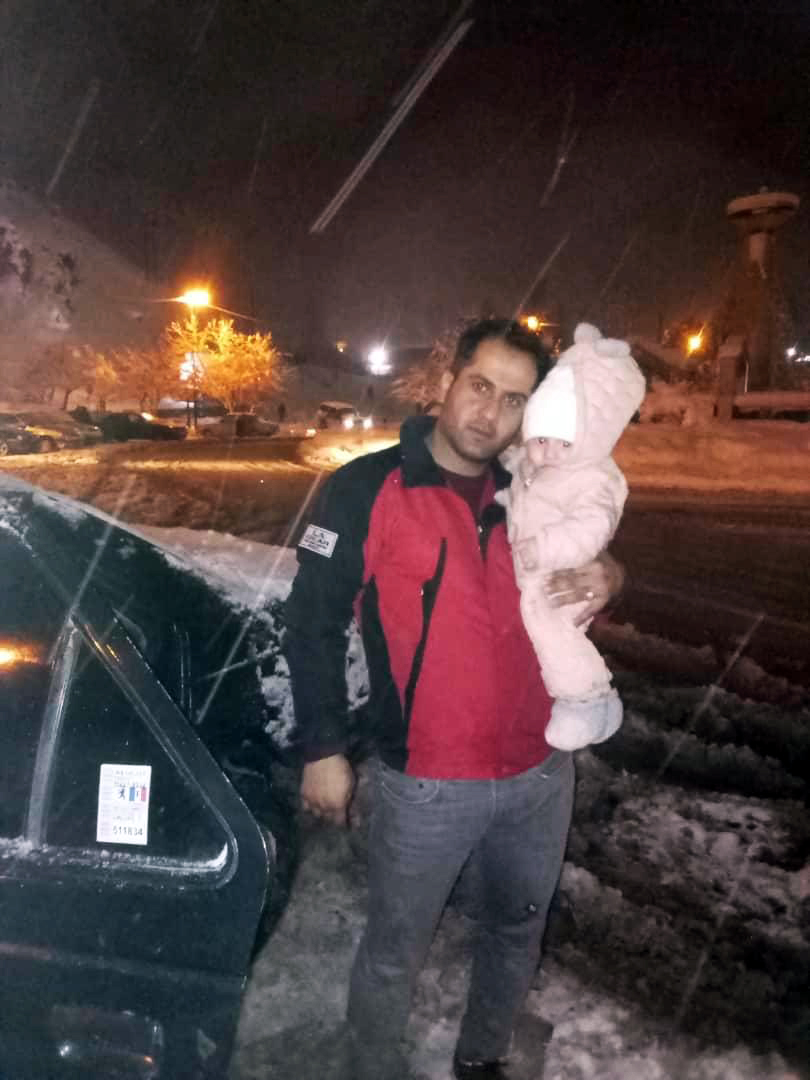
Sistan-Baluchistan was the site of the single deadliest day during the protests.
But by October, Iran’s western Kurdistan region had become the epicenter of the demonstrations and the focus of the government’s bloody crackdown. The region, home to the Kurdish minority, was where Mahsa Amini hailed from.
In the city of Sanandaj, Yahya Rahimi was on his way to work as protesters marched through the streets. As he was driving, two men armed with large sticks attacked his car. As the 31-year-old slowly drove off, a gunshot was heard. Rahimi was dead.
Kurdistan’s police force claimed Rahimi was shot dead by "anti-revolutionary forces." But activists said Rahimi was killed by plainclothes security agents on October 8, 2022, because he had honked his car horn in support of protesters.
"[Government] agents had damaged his car, yet they didn’t leave him alone," Rahimi’s father, Ahmad Rahimi, told Radio Farda. "A few steps farther, they martyred him."

Even as Kurdistan became the hotbed of the protests, antiestablishment demonstrations continued across Iran.
Mehrshad Shahidinejad, a 19-year-old chef and social media influencer, was among the dozens of people who rallied in the central city of Arak on October 25, 2022. It was the last day he was seen alive.
Shahidinejad was attacked by security forces, who used tasers and beat him with batons, eyewitnesses told Radio Farda. Security officers then dragged the motionless man away, they said.
Authorities told Shahidinejad’s family that he went into cardiac arrest and was taken to a hospital, where he died. His father identified his body on his birthday on October 26.
Sources close to the family said Shahidinejad’s body was badly bruised and that he had suffered blows to the head.
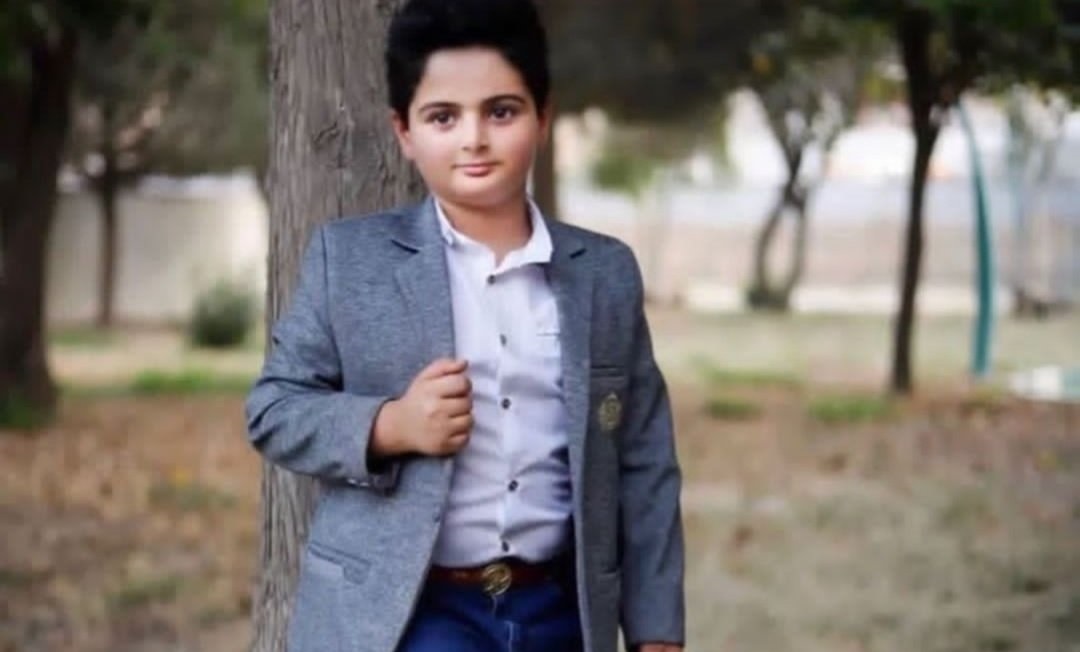
Khuzestan, an oil-rich but impoverished province home to Iran’s Arab minority, had been the center of anti-government protests in recent years. But the region had been conspicuously quiet during the latest demonstrations. That changed, however, in November 2022.
As protesters rallied in the city of Izeh, security forces opened fire on a car carrying 9-year-old Kian Pirfalak and his parents. Pirfalak was killed instantly, and his father was hospitalized.
State media said Pirfalak was killed in a "terrorist attack" when gunmen on motorbikes shot seven people dead. But Pirfalak’s mother blamed security forces who she said "shot repeatedly" at their car.
"Hear my words about what happened," said Zeynab Molaeirad. "Don’t say they were terrorists. They are lying."
Pirfalak’s death led to an outpouring of grief and anger among Iranians. A video appeared to show a banner with an image of Pirfalak and the words "child-killing government" waving along a highway in Tehran.
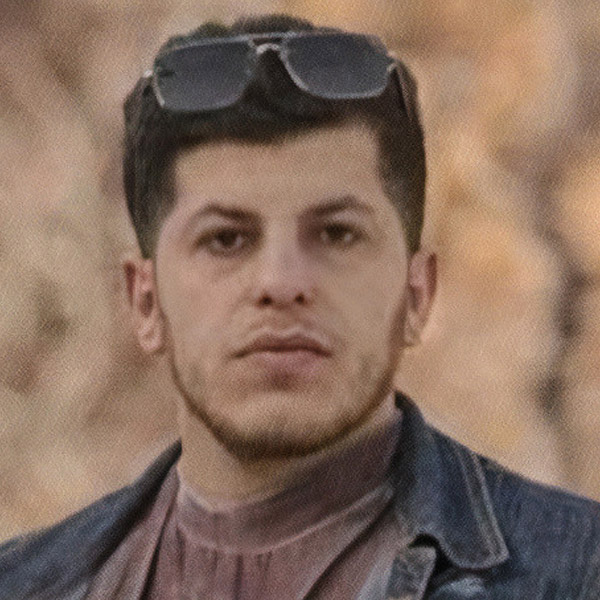
By the end of December, the protests began to fizzle out as the authorities intensified their violent crackdown and publicly executed two young men for their involvement in the demonstrations.
Still, Iranians continued to express their dissent at scattered street gatherings and memorials for the victims of the crackdown. Some spray-painted slogans and hung protest signs in the streets, while others chanted anti-regime slogans from their rooftops and windows at night.
On December 31, 2022, security forces reportedly opened fire on a group of mourners marking 40 days since the deaths of several protesters in the western city of Javanrud.
Borhan Eliasi, a 22-year-old shopkeeper, was among those shot. He was rushed to a hospital, where he later died. Dozens of people attended his funeral, where mourners chanted anti-regime slogans.
Later, photos posted on social media appeared to show children placing flowers outside the shop where Eliasi worked.
Protesters Target Symbols Of The Islamic Republic
During the rallies, Iranians have publicly called for the overthrow of the clerical regime and targeted the most visible symbols of the Islamic republic.
That has included the mandatory hijab, a symbol of the state’s repression of women and a key pillar of the Islamic system. Some female protesters have removed and burned their head scarves, in a direct challenge to the regime.
Protesters have also trampled on, burned, or defaced portraits of the leaders of the theocratic establishment, including Supreme Leader Ayatollah Ali Khamenei. "Death to Khamenei" and "Death to the dictator" have been among the most prominent slogans during the protests.
Protesters in November set fire to the ancestral home of the Islamic republic's late founder, Ayatollah Ruhollah Khomeini, in the central city of Khomein. Authorities denied the house had been targeted. The house serves as a museum.
Meanwhile, some demonstrators have knocked off clerics' turbans in the streets. Many Iranians associate members of the clergy with Iran’s clerical regime, which is blamed for the repression and corruption in the country.
Women And Youth Come To The Fore
Mahsa Amini’s death angered and galvanized women in Iran, where they have been the victims of state discrimination and violence for decades.
From being forced to cover themselves in public to being barred from sports stadiums and needing the permission of male relatives to travel, women have been treated as second-class citizens.
Women have resisted and pushed back for years. But the anti-regime protests mark their most public rebuke of the clerical regime.
Underscoring the prominent role that women have played in the protests, the main slogan of the demonstrations is: "Woman, life, freedom."
Iran’s Internet-savvy youth have also been at the forefront of the demonstrations. Many are fed up with the status quo and yearn for what they describe as a "normal life."
Young people have protested at schools and universities, where they called for social and political freedom while demanding the ouster of the "mullahs." Authorities have responded by raiding educational institutions and detaining students.
State media have reported that many of the protesters are members of Generation Z -- those aged between 12 and 25. That is seen in the high number of children and young people killed in the government’s crackdown.
The protests have demonstrated the widening gulf between the ruling clerics and the rest of society. Around 60 percent of Iran’s roughly 84 million people are below the age of 30. Power, though, rests with the 83-year-old Khamenei and a system dominated by his loyalists.
Ethnic Minorities Bear Brunt Of Violence
The most sustained protests and the deadliest crackdowns during the protests have occurred in provinces that are home to ethnic minorities, which have long-standing grievances against the state. Minorities have long complained of discrimination and persecution.
Kurds and Baluchis, most of whom are Sunni Muslims in Shi’ite-majority Iran, have borne the brunt of the government’s brutal response to the protests.
The authorities have blamed armed groups and foreign-based rebels for the unrest in these areas.
Jaish al-Adl, a Sunni militant group, was accused of attacking security forces in Sistan-Baluchistan.
Meanwhile, Tehran has blamed opposition Kurdish groups based in neighboring Iraq for instigating the unrest in Iran’s Kurdistan region, in a bid to discredit the protests. Iranian forces have carried out missile attacks in Iraq in recent months targeting the exiled groups, which have been fighting for independence from the Islamic republic.
The protests have not culminated in a revolution and the overthrow of Iran’s theocratic regime.
But the demonstrations have illustrated that a significant segment of Iran’s youthful population is no longer willing to tolerate the authoritarian rule of the country’s aging clerics.
More anti-regime protests are likely to rock the Islamic republic in the future as calls grow for greater freedom and political change. Worsening economic conditions are likely to fuel more anger toward the authorities.
Significantly, an increasing number of opposition figures and civil society groups inside Iran have proposed changes that would transform or even replace the current theocratic system with a democracy, moves that were unheard of until recently.
Additional Project Credits
Ivan Gutterman assisted with code and design.
